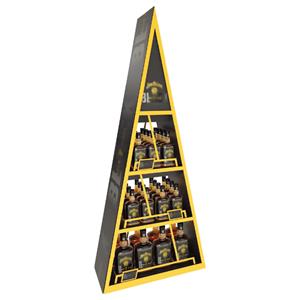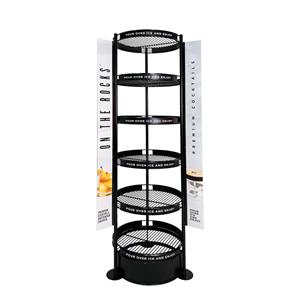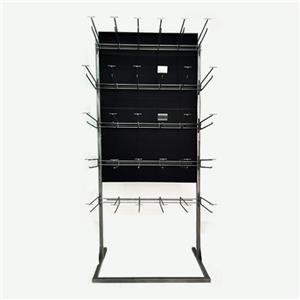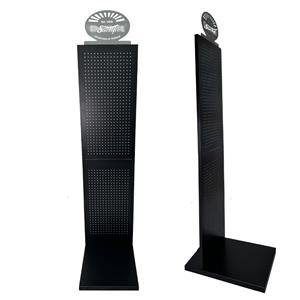Isang Banta ba sa Iyong Negosyo ang Tumataas na Presyo ng Hilaw na Materyal?
Are Rising Raw Material Prices a Threat to Your Business?
Table of contents
1)Introduction
2)How Rising Raw Material Prices Affect the Industry
3)How to Navigate the Rising Costs of Materials
4)Future Trends: Staying Competitive in an Increasingly Expensive Market
5)Conclusion
6)Sintop Value
In recent years, businesses across industries have been grappling with fluctuating global supply chains and the rising prices of raw materials. One area that's particularly affected is the iron market. The surge in iron prices has had a ripple effect on industries such as retail shop shelving units, product display in retail store, retail shelving units, product displays in retail stores, and custom retail counters. As costs continue to rise, businesses must rethink their strategies to stay competitive and manage these challenges effectively.
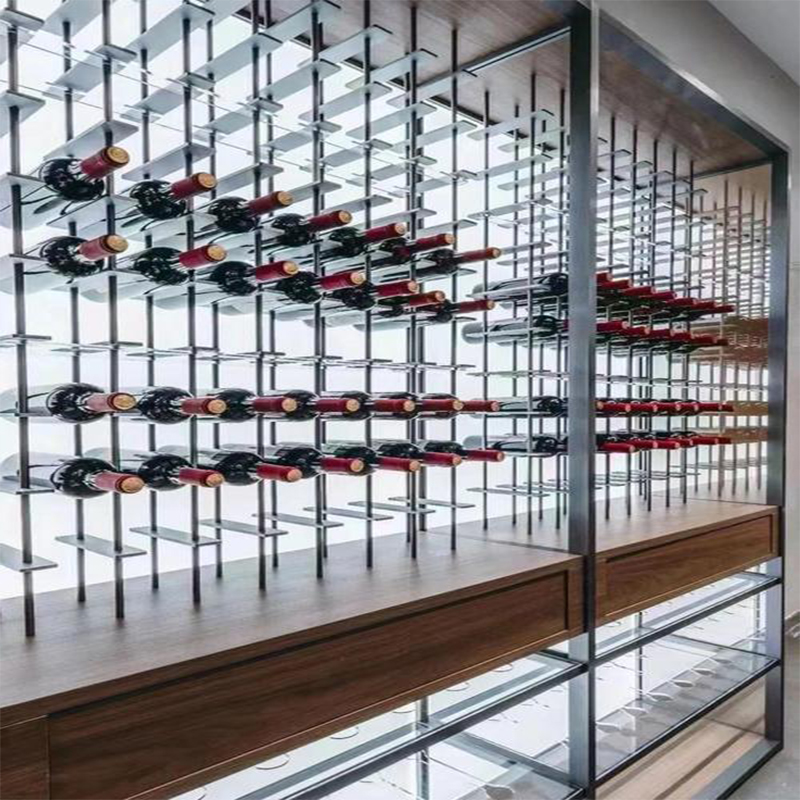
1. How Rising Raw Material Prices Affect the Industry
Metal is a key raw material used in many retail infrastructure elements, including metal display and shelving units. However, geopolitical factors, supply-demand changes, and inflation have led to significant fluctuations in iron ore prices in recent years. This has driven up production costs, especially for industries heavily reliant on iron.
For retailers using iron in their store setups—such as for shop shelving or custom counters—the increase in raw material costs directly impacts the pricing of these products. As a result, many businesses are rethinking their purchasing and display strategies to offset the rising costs of display solutions.
2. How to Navigate the Rising Costs of Materials
(1) Optimize Your Supply Chain and Find Cost-Effective Suppliers
To combat rising iron prices, businesses can take steps to optimize their supply chains. This might include building long-term relationships with several suppliers, or even partnering directly with regional iron ore producers or processing plants. Cutting out intermediaries can reduce costs and make the procurement of retail shelving units more cost-effective.
(2) Embrace Cost-Effective Product Designs
Another way to reduce costs is by optimizing product design. Retailers are increasingly revising their product display structures to use less raw material without sacrificing functionality. For example, modular shelving units can be designed to be both efficient and cost-effective, offering flexibility and functionality without requiring excessive ironwork.
(3) Adjust Your Pricing Strategies Flexibly
Retailers can also adopt smarter pricing strategies to absorb the impact of rising material costs. Instead of simply raising prices across the board, businesses might consider bundling products, like pairing custom retail counters with complementary items. This approach can boost the total order value, helping offset the higher material costs.
(4) Enhance Product Value to Stay Competitive
Innovation is key to managing rising material costs. By focusing on increasing the functionality and aesthetic appeal of product displays, businesses can add more value without significantly increasing production costs. Custom shelving units, for example, can be designed to maximize space, improve display effectiveness, and boost conversion rates.
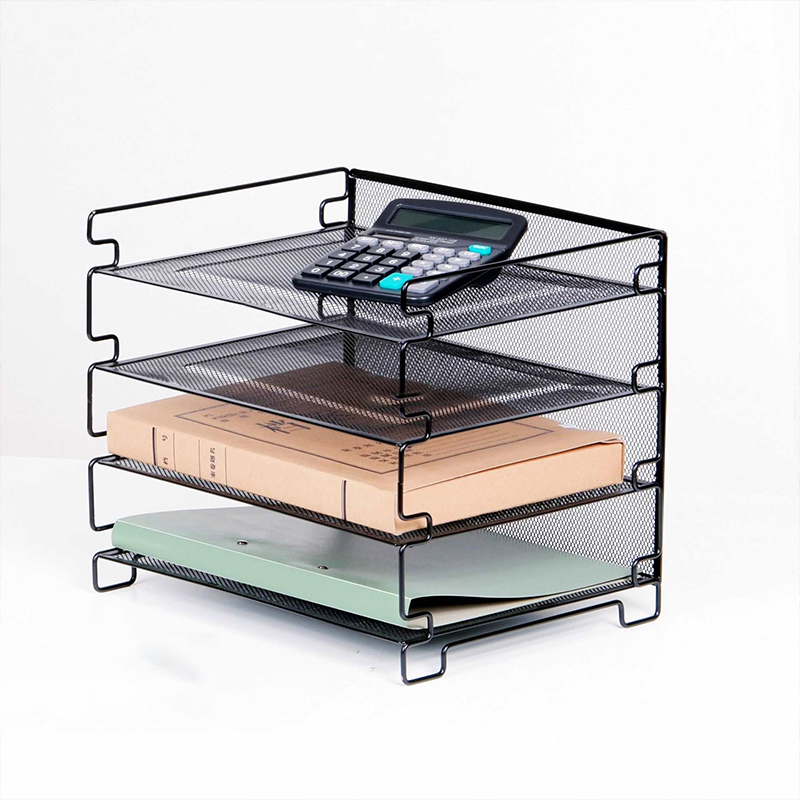
3. Future Trends: Staying Competitive in an Increasingly Expensive Market
Rising iron prices are a market trend that isn't going away anytime soon. However, businesses can stay competitive by exploring new materials and technologies. For example, the use of aluminum alloys or high-strength composite materials might replace iron in the future, reducing material costs without compromising quality.
Another growing trend in the retail industry is the use of smart displays. Interactive custom retail counters and smart shelves can enhance the customer experience, providing a tech-savvy edge that can set a business apart from the competition and reduce reliance on traditional materials like iron.
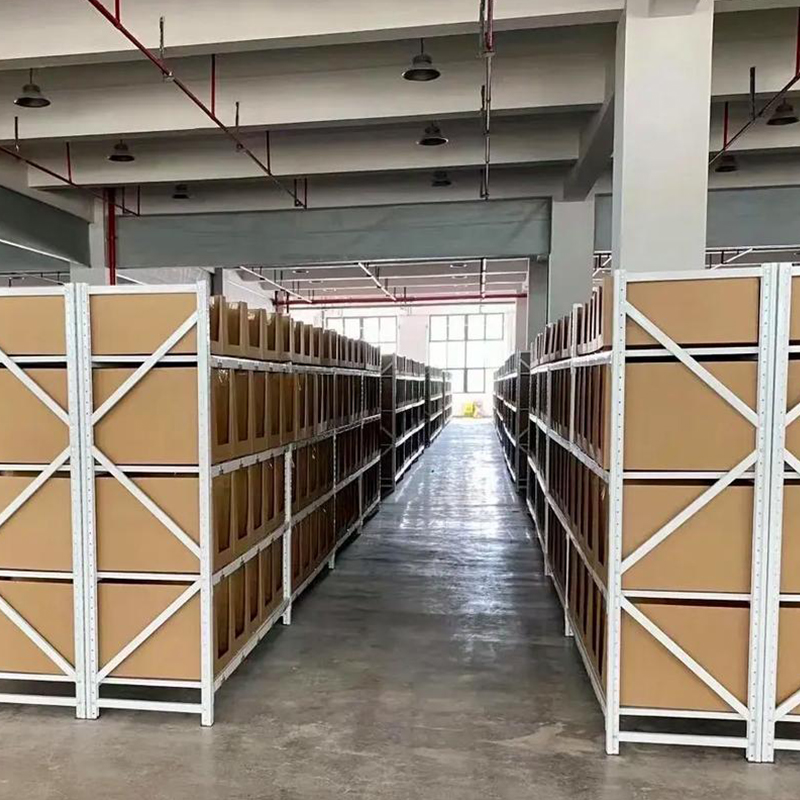
Conclusion
While the rise in raw material prices is a challenge businesses must face, it’s not an insurmountable one. By optimizing supply chains, embracing innovative designs, and focusing on adding product value, retailers can mitigate the impact of higher costs. There’s no need to panic. With the right strategy, businesses can thrive even as market conditions change.
Sintop Value: Adapting to Market Changes with Flexible Display Solutions
Sintop understands the challenges that come with rising material costs. That’s why we offer innovative, customizable display solutions designed to provide long-term value:
✅ Smart Design: Our modular and customizable retail shelving units help you save on material costs without sacrificing functionality.
✅ Cost-Efficiency: We offer cost-effective display solutions by working directly with suppliers and streamlining production processes.
✅ Enhanced Brand Impact: By incorporating flexible, high-quality displays, we help businesses maintain a competitive edge in a changing market.
Partner with Sintop to ensure your retail space stays efficient and impactful, no matter how raw material prices evolve.

Contact information
Website: www.sintopfixtures.com
Wechat/WhatsApp: +86 15980885084
Email: elly@xm-sintop.com
FAQ
1. What are store fixtures?
Store fixtures are essential equipment and furniture used in retail spaces to display, organize, and store merchandise. Examples include shelving units, racks, display cases, counters, and hooks.
2. Why are store fixtures important?
Store fixtures enhance the shopping experience by organizing products, improving accessibility, maximizing space, and creating appealing displays that attract customers and boost sales.
3. What types of store fixtures are commonly used?
Common types of store fixtures include:
Shelving Units(wall shelves, free-standing shelves, adjustable shelving)
Display Cases (glass cases, countertop cases)
Racks (clothing racks, display racks)
Counters (checkout counters, service counters)
Hooks and Pegboards
End Caps
Signage and Graphics
Mannequins
4. How do I choose the right store fixtures for my retail space?
Consider your merchandise type, store layout, and branding needs. Fixtures should be functional, complement your store's design, and fit within your budget. Evaluate your space to determine the best fixture types and configurations for optimal product presentation and customer flow.
5. Can store fixtures be customized?
Yes, many store fixtures can be customized to align with your store's branding and specific needs. Customization options include materials, colors, sizes, and designs. Collaborating with a fixture supplier or designer can help create fixtures that match your store’s style and functional requirements.
6. How can I maximize space with store fixtures?
Utilize fixtures that optimize vertical space, such as wall-mounted shelves and tall display racks. Modular and adjustable fixtures can adapt to changing merchandise or store layouts. Plan your store layout carefully to ensure efficient use of space and smooth customer flow.
7. How do I maintain store fixtures?
Regularly clean and inspect fixtures to ensure they remain in good condition. Check for wear and tear, and repair or replace damaged parts. Follow manufacturer guidelines for maintenance and cleaning to extend the lifespan of your fixtures.
8. Can store fixtures be used for different types of retail stores?
Yes, store fixtures can be adapted for various retail environments, including clothing stores, electronics shops, grocery stores, and more. The choice of fixtures depends on the specific needs and merchandise of the store.
9. How can store fixtures improve the customer experience?
Well-designed fixtures make products easy to find and browse, enhancing the overall shopping experience. Effective use of fixtures creates an organized, aesthetically pleasing environment that encourages customers to spend more time in the store.
10. Where can I purchase store fixtures?
Store fixtures can be purchased from specialized fixture suppliers, retail equipment stores, or custom fixture manufacturers. Online retailers and local suppliers also offer a wide range of options.

